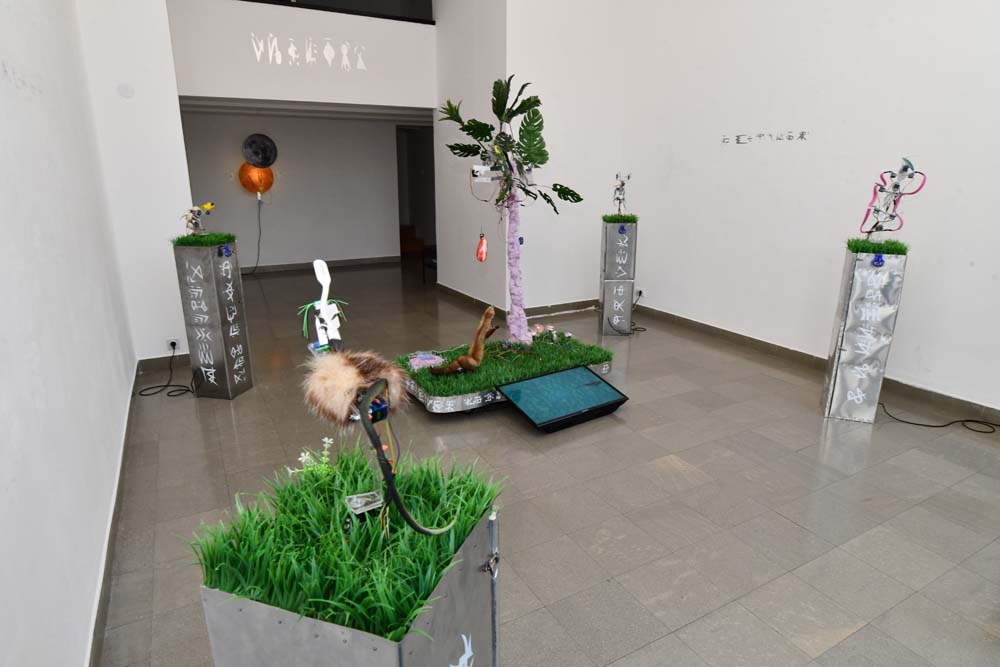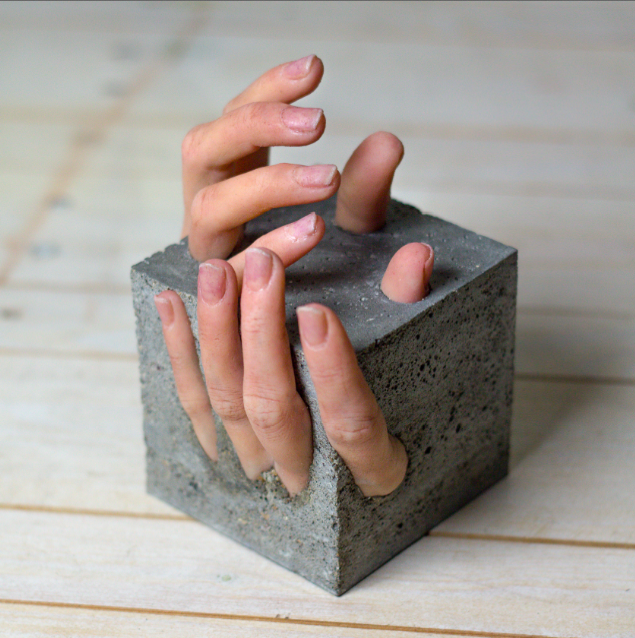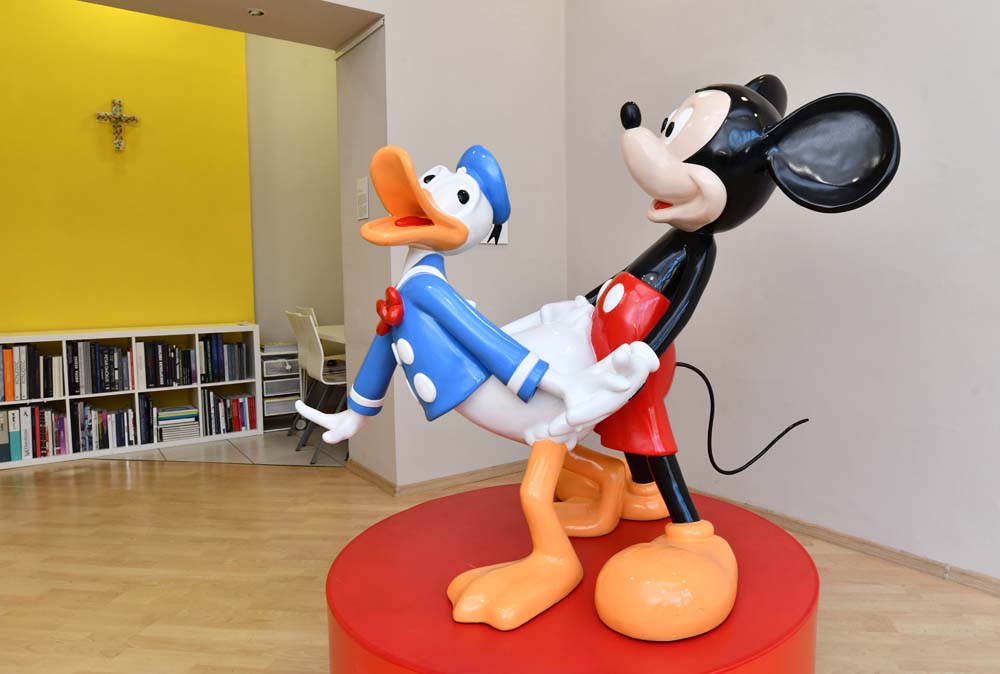Slavica Popov
WHO IS TO BLAME?
Mounting concern over all that has happened culminated in 2020 without any clear sign that the constant questions were about to disappear, relieving us of at least some of our anxiety. Now we are witnesses to the destruction of a certain way of life as social and economic systems change direction, principles are overturned and everything becomes relative. Although it comes as a shock, we cannot say that no one foresaw that certain radical excisions would have to be made. Contemporary art is part of the great tectonic disturbances underlying everyday life, including politics of course. From it we sensed the inevitability of the situation in which we find ourselves. Inseparable from society, art reacts to current events, constantly trying to grasp what so much change, and at such speed, will mean for us.
In Timișoara in 2020, selector and director of the Danube Dialogues festival, Sava Stepanov, organised an exhibition entitled Quo Vadis Hommini?, a logical theme for the year in question. In opting to monitor developments in contemporary art, the festival was focused on current happenings and shifts in society. As mankind currently confronts what appear to be insoluble problems in health, politics and economics, we need a new angle from which to view things, to validate a creative process that would provide free, informal insight into these questions and help us if not to solve them, at least to face them more easily.
The 2020 Danube dialogues featured three artists at three venues in the selection Serbia +: Vuk Ćuk, Veroljub Naumović and Mića Stajčić. Each in his own way examines the state of today’s world and man’s place in it. As all strategies and media in art are permitted to be guided by the logic of the computer culture, where nothing is built from scratch and everything is reduced to choosing from a menu, these three make use of various artistic and non-artistic media elements and strategies in examining subjects they consider to be crucial to the present moment. All three works occupied the walls and space of the gallery in such a way as to establish a relationship with the public, inviting them to interact with the work, even though no such interaction was allowed.
In the SULUV Gallery, Vuk Ćuk presented a spatial installation called A Whole New World. This was a large island and four smaller ones covered with artificial grass and inhabited by robots simulating animals or representing living sculptures. This new world was man-made but imitated the laws of nature, inspired by scientific and technological developments, particularly in artificial intelligence. Artificial life, surviving and functioning within the walls of a gallery, is a vision of a future where artificial intelligence threatens to overtake man and render his further existence pointless. In other words, man will make himself superfluous.

Photo: Courtesy of the Festival
In the Small Fine Arts Salon of the Novi Sad Cultural Centre, Veroljub Naumović exhibited a series of works entitled Experience of a Material Body. These were silicone sculptures, realistic imitating the human body partially trapped in cement blocks. The artist’s intention was not to present a specific idea but to sound out the experience of the onlooker, who gives meaning in the context of the human body -as -object. However, the underlying idea, particularly in the one awarded a prize in the Private Value exhibition at the Swiss Embassy in Belgrade, was concern for women’s place in society. This gave rise to discussion among the experts, the leading question being whether a male artist was capable of recounting the female experience. Going a step further, the work was considered to be an examination of Serbian economic subservience compared to the West. In fact all these subsequent interpretations were included in the artist’s intention. In an exhibition that asks Quo Vadis Homo? they may be seen as an examination of man’s inability to overcome the numerous problems which he himself has created.

Photo: Courtesy of the Artist
Bel Art Gallery hosted the works of Mića Stajčić. Humour is a key characteristic of Stajčić’s work, helping him rise above the mundane while providing an inexhaustible source of inspiration. Humour is often spontaneous and so surprises us with unexpected outcomes, which may also serve as an expression of mental freedom and resistance to external pressures. Critical of the consumer society and the influence of the media, Stajčić examines social values and taboos. Besides Lost in Translation, where he questions the importance and meaning of symbols in human society, there is his sculpture Over the Rainbow, the first from the Dreams of Frozen Man series which for the past ten years never fails to provoke comment whenever it appears at home or abroad. Both works give new roles to well-known figures or symbols, thereby changing their meaning and prodding the onlooker into altering his or her perception and experience of reality.

Photo: Courtesy of the Festival
All three artists produce works that could contribute to a better understanding of the past, future and present from the social, economic, technical and scientific points of view. While containing elements that encourage us to reflect, take action and initiate change, they cannot answer the question of where mankind is presently headed. We can only guess at who is to blame for this future of which we stand in fear.
